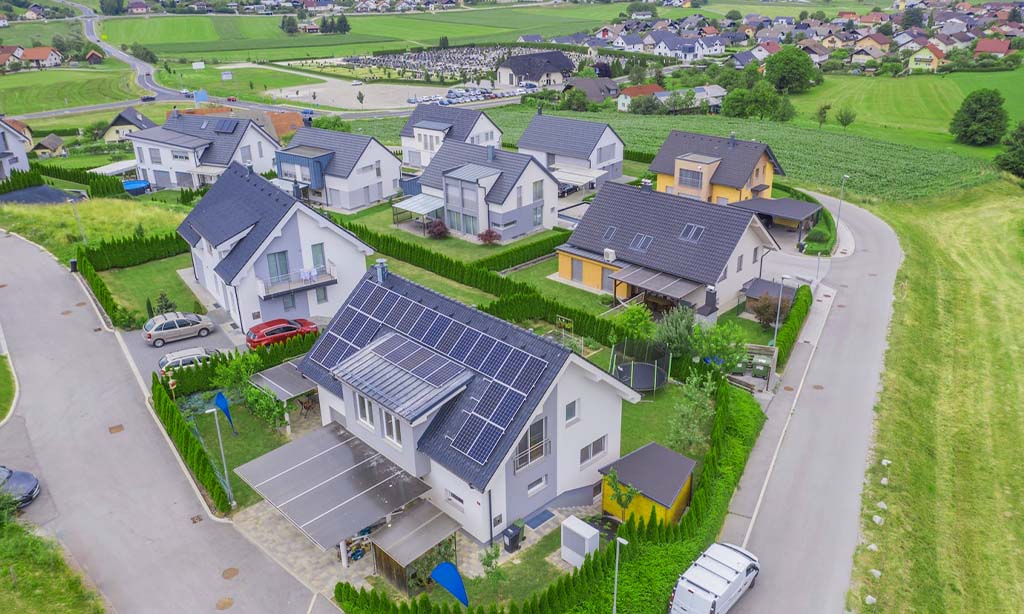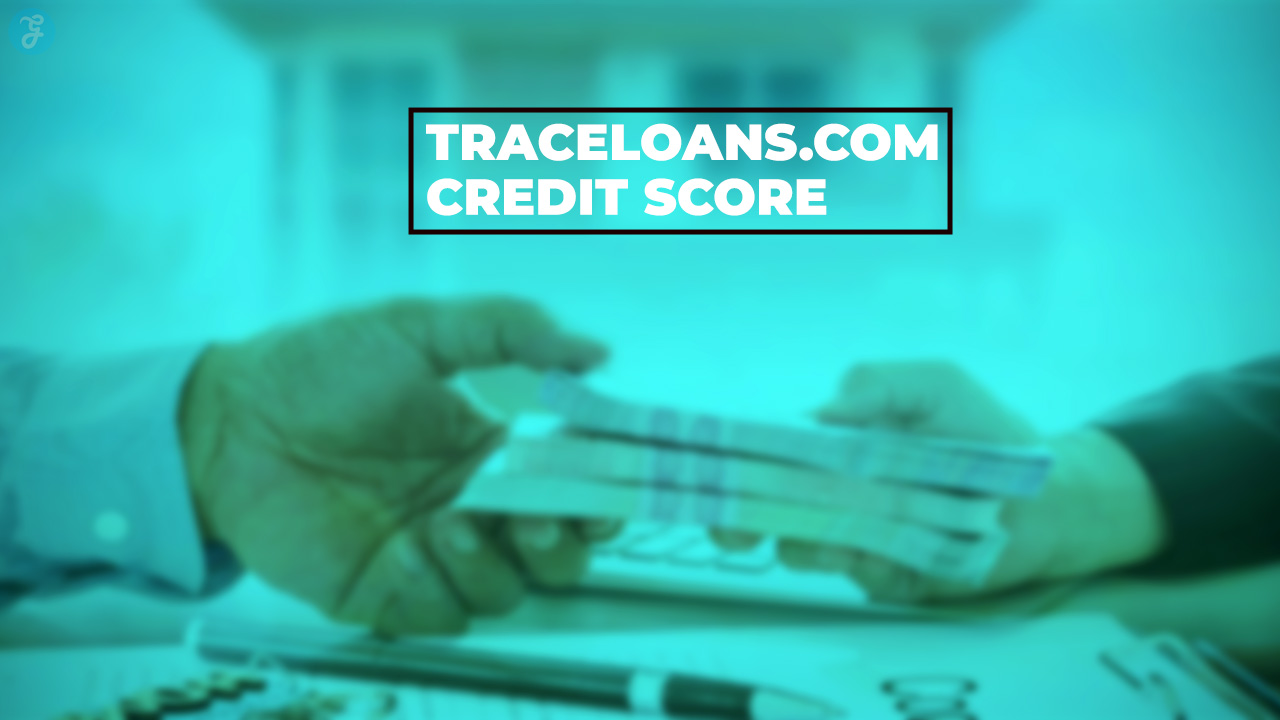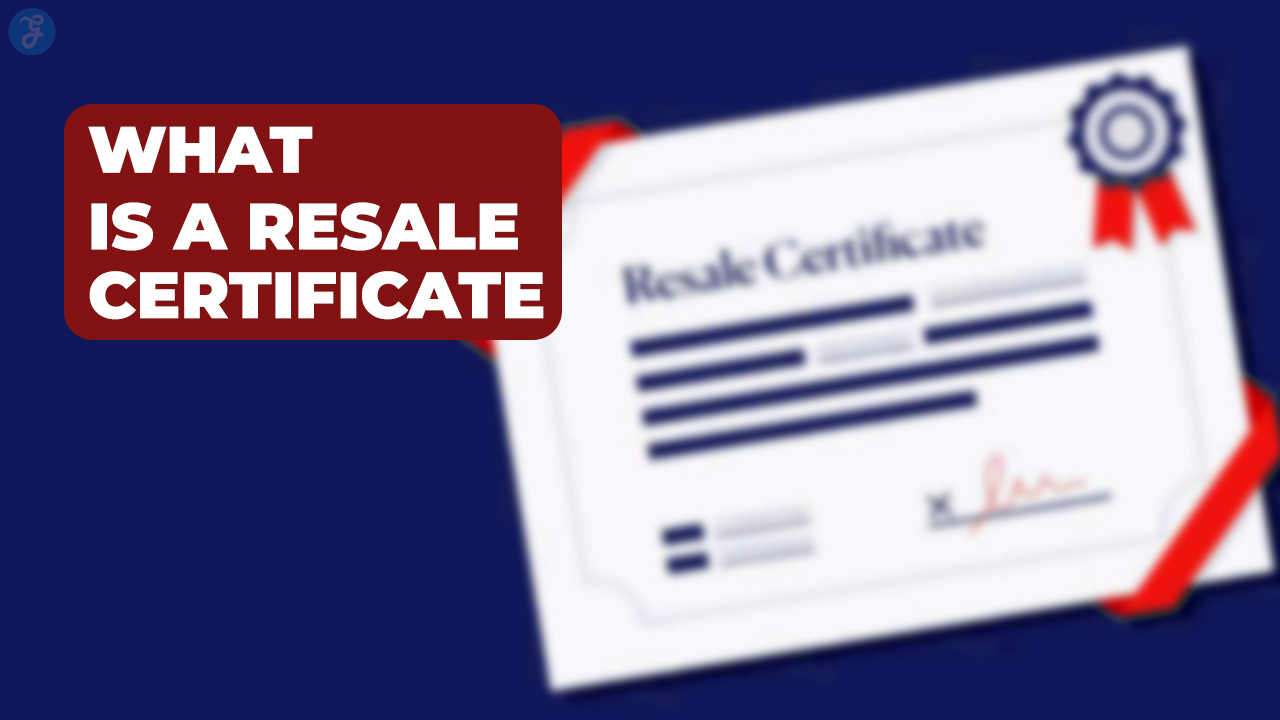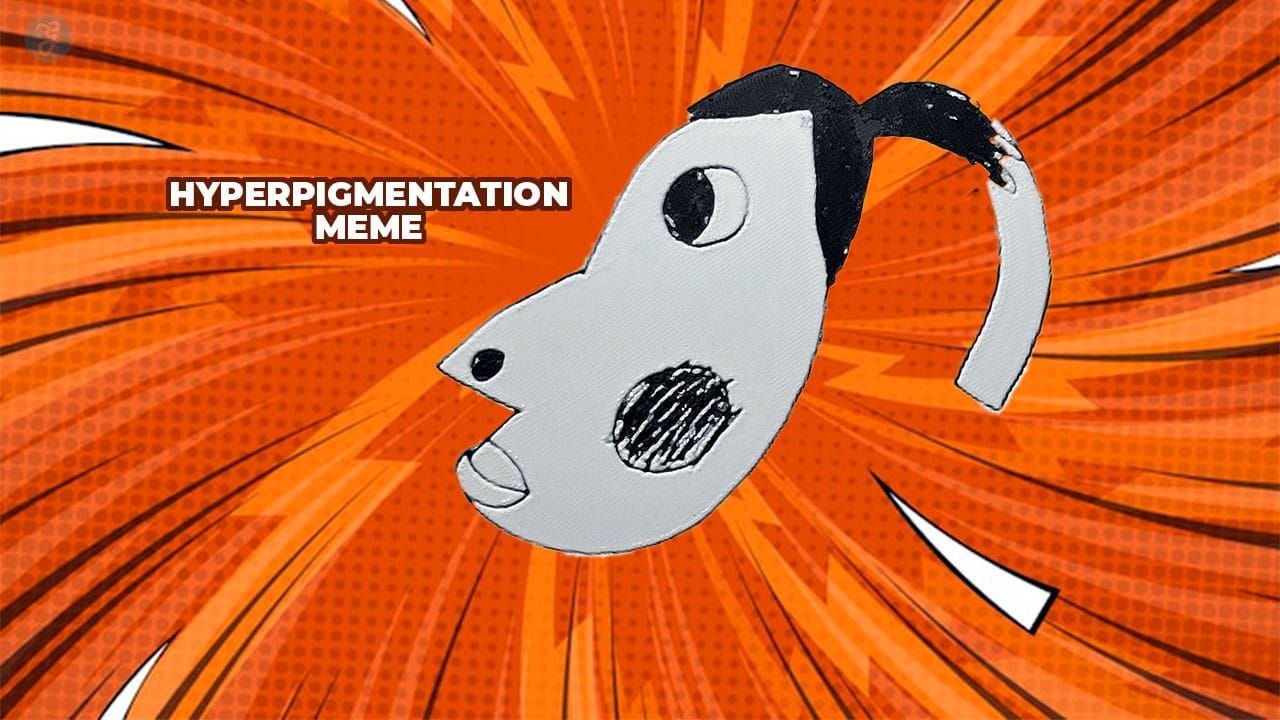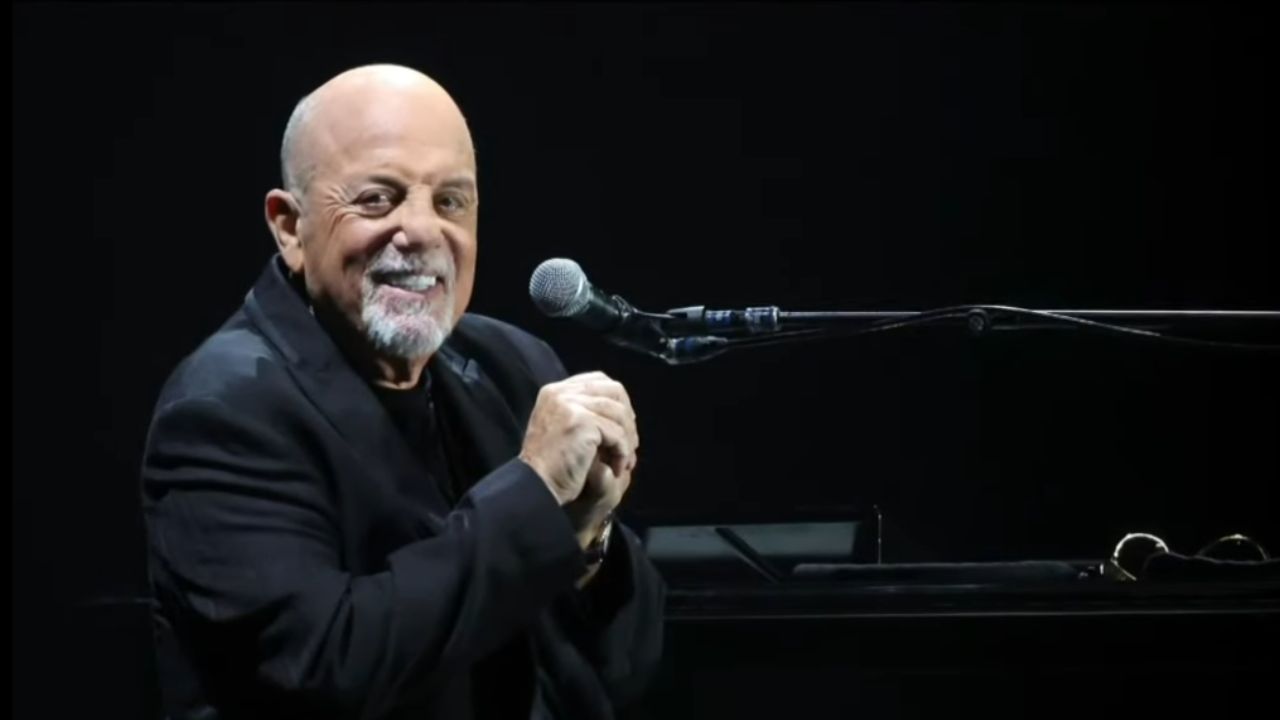In an age where sustainability is more than just a buzzword, green rental properties are gaining traction among environmentally conscious tenants. Today’s renters not only seek comfort and affordability but also value eco-friendly living spaces that align with their values.
By incorporating green features, landlords can enhance their property’s appeal, attract high-quality tenants, and contribute to a sustainable future.
This article explores 12 essential green features for rental properties that cater to modern tenant preferences. From energy efficiency to sustainable building materials, we’ll cover actionable ideas to make your rental property both eco-friendly and highly marketable.
Why Green Rental Properties Are the Future?
Green rental properties are not only better for the planet but also for landlords. They offer several benefits, including reduced utility costs, increased tenant satisfaction, and a competitive edge in the rental market. According to a study by the National Multifamily Housing Council, over 70% of renters prefer eco-friendly living spaces, making sustainability a key selling point.
Key Benefits of Green Rental Properties:
- Higher Tenant Retention: Eco-conscious tenants are more likely to stay in properties that align with their values.
- Reduced Operating Costs: Energy-efficient features help cut utility bills.
- Increased Property Value: Sustainable upgrades enhance market value and attract long-term tenants.
1. Energy-Efficient Appliances
Energy-efficient appliances are essential for creating a green rental property. These appliances, such as refrigerators, washing machines, and HVAC systems, are designed to consume less energy while maintaining high performance.
Certified by organizations like ENERGY STAR, these appliances ensure tenants enjoy modern conveniences while reducing electricity usage by up to 30%. For landlords, incorporating energy-efficient appliances means lower overall utility costs for tenants, which can be a significant selling point.
Additionally, these appliances reduce the property’s carbon footprint, aligning with sustainability goals and environmental conservation efforts. They are not just an eco-friendly choice but also a practical solution for enhancing the property’s appeal to environmentally conscious tenants.
Why It Matters
Tenants appreciate cost savings on utility bills, and energy-efficient appliances can reduce electricity usage by up to 30%. Moreover, they contribute to a property’s eco-friendly image, making it more attractive to sustainability-focused renters.
Recommended Appliances
| Appliance | Certification | Average Energy Savings |
| Refrigerator | ENERGY STAR | 20-30% |
| Washer/Dryer | ENERGY STAR | 25% |
| HVAC Systems | SEER Rated | 15-30% |
2. Solar Panels
Solar panels are a transformative green feature for rental properties, offering tenants and landlords the benefits of renewable energy. By harnessing sunlight, solar panels reduce reliance on traditional electricity sources, significantly cutting energy bills.
For tenants, this means lower monthly expenses and a more sustainable living environment. Landlords can enjoy long-term benefits, such as increased property value and tax incentives for installing solar energy systems.
With climate change and sustainability becoming top priorities, properties equipped with solar panels stand out in the competitive rental market. Solar panels reflect a commitment to green living, making the property more appealing to eco-conscious renters.
Why It Matters
Tenants love the idea of renewable energy, and solar panels can drastically lower electricity bills. As a bonus, landlords can benefit from tax incentives and increased property value.
Implementation Tips
- Opt for leasing solar panels to reduce upfront costs.
- Highlight savings in rental listings to attract eco-conscious tenants.
Solar Panel Features and Benefits
| Feature | Benefit |
| Renewable Energy Source | Decreases electricity bills |
| Long Lifespan | Durable systems lasting 20+ years |
| Government Incentives | Access to tax rebates and subsidies |
3. Smart Thermostats
Smart thermostats are modern devices that provide efficient temperature control while reducing energy consumption. These gadgets allow tenants to manage heating and cooling through smartphone apps, ensuring the home is comfortable without wasting energy.
By optimizing energy usage, smart thermostats can lower heating and cooling costs by up to 10-15%, making them a highly desirable feature for tenants. For landlords, smart thermostats are a cost-effective way to enhance the property’s value and sustainability.
They not only improve tenant satisfaction but also demonstrate a commitment to providing modern, eco-friendly amenities. Smart thermostats are a must-have for properties aiming to attract tech-savvy, eco-conscious renters.
Why It Matters
Efficient temperature control reduces energy bills and carbon footprint. Tenants value the convenience and cost-saving potential of smart home technology.
Popular Smart Thermostat Options
| Brand | Key Features | Price Range |
| Nest Thermostat | App control, energy reports | $100-$200 |
| Ecobee | Smart sensors, voice control | $150-$250 |
4. LED Lighting
LED lighting is one of the simplest yet most effective upgrades for a green rental property. These lights consume 75% less energy than traditional incandescent bulbs and last significantly longer, reducing maintenance costs.
For tenants, LED lighting translates to lower electricity bills and a well-lit, energy-efficient home. Landlords benefit from the reduced need for frequent bulb replacements and the positive environmental impact of using sustainable lighting.
By incorporating LED lighting throughout the property, landlords can enhance its eco-friendly appeal while saving on energy costs. This small but impactful change can make a big difference in attracting tenants who value sustainability.
Why It Matters
LED lighting reduces electricity bills and has a longer lifespan, meaning fewer replacements are required. Tenants appreciate the cost savings and sustainable living.
Types and Benefits of Water-Saving Fixtures
| Fixture Type | Benefit |
| Low-Flow Showerheads | Reduces water usage by up to 50% |
| Dual-Flush Toilets | Offers water-saving options for flushing |
| Faucet Aerators | Lowers water flow without compromising pressure |
5. Low-Flow Water Fixtures
Low-flow water fixtures are a cost-effective and environmentally friendly solution for conserving water in rental properties. These include faucets, showerheads, and toilets designed to reduce water flow without compromising performance.
By using low-flow fixtures, tenants can save up to 20% on water bills, making the property more appealing to budget-conscious renters. For landlords, installing these fixtures demonstrates a commitment to sustainability and aligns the property with modern eco-friendly standards.
Additionally, low-flow fixtures help conserve one of the planet’s most vital resources, making them an essential feature for green properties aiming to attract eco-conscious tenants.
Why It Matters
Water-efficient fixtures can save tenants up to 20% on water bills, making them a popular feature in rental properties. They also contribute to water conservation efforts, appealing to eco-conscious renters.
Rainwater Harvesting Benefits
| Feature | Benefit |
| Water Conservation | Reduces reliance on municipal water |
| Cost Savings | Lowers water bills for tenants |
| Environmental Impact | Supports sustainable water management |
6. Sustainable Flooring
Sustainable flooring, such as bamboo, cork, or recycled wood, is an eco-friendly choice that enhances the aesthetic and functional appeal of rental properties. These materials are renewable, durable, and stylish, making them a popular choice among tenants who value sustainability.
Unlike traditional flooring options, sustainable materials have a lower environmental impact and contribute to the property’s green image. For landlords, investing in eco-friendly flooring improves the property’s value and reduces maintenance costs due to the durability of these materials.
Sustainable flooring is a practical and visually appealing upgrade that aligns with modern tenant preferences for eco-friendly living spaces.
Why It Matters
Sustainable flooring options reduce environmental impact and add aesthetic value to the property. Tenants appreciate homes with modern, green design elements.
Benefits of LED Lighting
| Feature | Benefit |
| Energy Efficiency | Consumes 75% less energy than traditional bulbs |
| Long Lifespan | Lasts up to 25,000 hours |
| Reduced Maintenance | Less frequent replacements required |
7. Green Insulation
Green insulation made from eco-friendly materials like recycled denim, cellulose, or sheep wool enhances energy efficiency in rental properties. Proper insulation reduces heat loss in the winter and keeps the property cool in the summer, lowering energy bills for tenants.
For landlords, green insulation is a long-term investment that reduces maintenance needs and aligns the property with sustainability goals. Tenants appreciate the consistent indoor temperature and reduced energy costs, making the property more appealing.
Green insulation is an essential feature for creating a comfortable, eco-friendly living environment that attracts high-quality tenants.
Why It Matters
Tenants benefit from consistent indoor temperatures and lower utility bills. For landlords, insulation enhances property value and reduces maintenance needs.
Smart Irrigation Features and Benefits
| Feature | Benefit |
| Weather Sensors | Adjusts watering schedules based on weather |
| Automated Scheduling | Eliminates manual watering |
| Water Conservation | Reduces unnecessary water usage |
8. Rainwater Harvesting Systems
Rainwater harvesting systems are innovative solutions for conserving water in rental properties. These systems collect and store rainwater, which can be used for non-potable purposes like gardening, cleaning, and flushing toilets.
For tenants, rainwater harvesting offers an eco-friendly way to reduce water bills and minimize environmental impact. Landlords benefit from the property’s enhanced sustainability profile and potential tax incentives for implementing water conservation measures. In regions prone to water shortages, rainwater harvesting systems are particularly valuable, making the property a standout choice for environmentally conscious renters.
This feature demonstrates a commitment to resource conservation and sustainable living.
Why It Matters
Tenants with gardens or outdoor spaces will appreciate this feature for its sustainability and cost-saving benefits. It also supports water conservation initiatives.
Composting Facility Benefits
| Feature | Benefit |
| Waste Reduction | Diverts organic waste from landfills |
| Soil Enrichment | Produces compost for gardening |
| Tenant Appeal | Attracts eco-conscious renters |
9. Electric Vehicle (EV) Charging Stations
Electric vehicle (EV) charging stations are increasingly in demand as more people switch to electric cars. Providing an EV charging station in your rental property adds convenience and aligns with the growing trend of sustainable transportation.
Tenants with electric vehicles will appreciate the ease of charging their cars at home, making the property more attractive. For landlords, installing EV charging stations is a forward-thinking investment that enhances the property’s marketability and future-proofs it against changing tenant preferences.
This feature not only supports eco-friendly transportation but also increases the property’s value and appeal in a competitive rental market.
Why It Matters
This feature caters to a growing demographic of eco-conscious renters who own electric vehicles. It adds modernity and convenience to the property.
Community Garden Features
| Feature | Benefit |
| Shared Space | Encourages social interaction among tenants |
| Fresh Produce | Allows tenants to grow fruits and vegetables |
| Green Appeal | Enhances property aesthetics |
10. Community Gardens or Green Spaces
Community gardens or green spaces are valuable amenities that enhance the quality of life for tenants. These spaces provide a place for tenants to grow their own vegetables, flowers, or herbs, promoting sustainability and healthy living.
Green spaces also foster a sense of community among tenants, making the property more appealing. For landlords, offering community gardens demonstrates a commitment to sustainability and adds a unique selling point to the property.
These spaces are particularly attractive to families and eco-conscious renters who value outdoor activities and sustainable living. Community gardens are a win-win for tenants and landlords alike, combining environmental benefits with community engagement.
Why It Matters
Tenants value outdoor spaces where they can grow vegetables or relax in a green environment. This feature also enhances the property’s appeal and tenant satisfaction.
Sustainable Material Benefits
| Material Type | Benefit |
| Recycled Wood | Eco-friendly and cost-effective |
| Bamboo | Renewable and durable |
| Insulated Concrete Forms | Enhances energy efficiency |
11. Efficient Windows and Doors
Smart irrigation systems are an advanced feature designed to optimize water usage for landscaping and gardening. These systems use sensors and weather data to determine the exact amount of water required, eliminating waste.
For tenants, this translates to reduced water bills and well-maintained outdoor spaces. Landlords benefit from the added aesthetic value of lush greenery and the cost-effectiveness of conserving water.
Smart irrigation systems are ideal for properties with gardens or landscaped areas, showcasing a commitment to sustainability and technological innovation. By including this feature, rental properties can attract eco-conscious tenants who value both efficiency and environmental responsibility.
Why It Matters
Tenants enjoy lower heating and cooling costs while landlords benefit from improved property insulation.
Benefits of Smart Irrigation Systems
| Feature | Benefit |
| Sensor Technology | Prevents overwatering, saving water |
| Weather Integration | Adjusts watering schedules based on weather |
| Cost Savings | Lowers water bills for tenants |
12. Composting Stations
Composting facilities are an excellent addition for green rental properties, promoting waste reduction and sustainability. By providing tenants with the option to compost organic waste, landlords help reduce the amount of waste sent to landfills.
Composting creates nutrient-rich soil, which can be used in community gardens or landscaping. Tenants appreciate the convenience of managing organic waste responsibly, and landlords can leverage this feature as a unique selling point.
Composting facilities align the property with eco-friendly practices, making it more attractive to tenants who prioritize sustainability. This feature enhances the property’s green credentials while contributing to a healthier environment.
Why It Matters
Tenants who prioritize waste management will appreciate this feature. It also reduces overall property waste output, making it more eco-friendly.
Benefits of Composting Facilities
| Benefit | Explanation |
| Reduces Waste | Minimizes landfill contributions |
| Produces Fertilizer | Creates nutrient-rich compost for gardens |
| Appeals to Tenants | Attracts eco-conscious renters |
Final Thoughts
Incorporating green rental property features is a smart move for landlords aiming to attract high-quality tenants. By focusing on sustainability, you not only contribute to environmental conservation but also create a property that resonates with modern renter values.
Features such as solar panels, energy-efficient appliances, and community gardens can set your property apart in a competitive rental market.
Investing in eco-friendly upgrades may require upfront costs, but the long-term benefits—higher tenant retention, increased property value, and reduced operating expenses—make it worthwhile.
Remember, green rental properties are not just a trend; they’re the future of real estate. By implementing these 12 features, you can ensure your property stays relevant and appealing for years to come.



